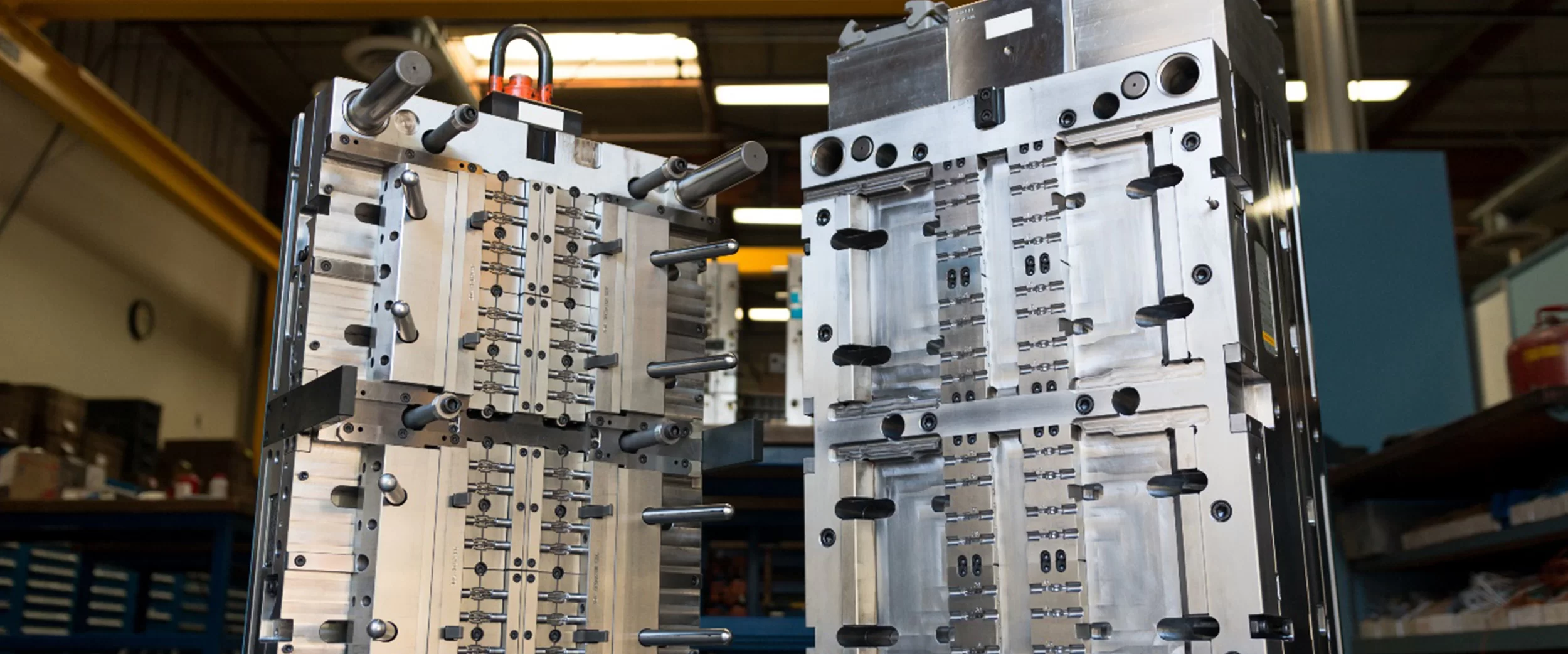Design optimization plays a pivotal role in the success of plastic injection molding projects. By refining the design of parts and molds, manufacturers can enhance product quality, reduce production costs, and increase efficiency. Here are key aspects of design optimization that significantly impact plastic injection molding.
Material Selection
Choosing the right material is a fundamental aspect of design optimization in plastic injection molding. The material must meet the product’s performance requirements, such as strength, flexibility, and thermal resistance. Optimizing material selection ensures that the final product will perform as intended while also being cost-effective and efficient to produce. Advanced software tools can simulate material behavior under different conditions, aiding in the selection process.
Mold Design and Engineering
The design of the mold itself is crucial for successful plastic injection molding. Optimized mold design ensures even flow of the molten plastic, reduces cycle times, and minimizes defects such as warping, sink marks, and air traps. Key factors in mold design include the placement and size of gates, runners, and vents, as well as the cooling system configuration. Using computer-aided design (CAD) and computer-aided engineering (CAE) tools, engineers can create and test mold designs virtually before production, saving time and resources.
Part Geometry and Complexity
The geometry and complexity of the part being molded significantly influence the molding process. Simplifying part designs, where possible, can reduce the risk of defects and make the molding process more efficient. Features such as sharp corners, undercuts, and thin walls can complicate the molding process and should be minimized or redesigned for better manufacturability. Design for manufacturability (DFM) principles help in creating parts that are easier and more cost-effective to mold without compromising functionality.
Tolerances and Surface Finish
Setting appropriate tolerances and surface finish requirements is essential for optimizing design in plastic injection molding. Tight tolerances can increase manufacturing complexity and costs. By specifying realistic tolerances that meet the product’s needs without being excessively stringent, manufacturers can achieve a balance between quality and efficiency. Similarly, optimizing surface finish requirements ensures that parts have the necessary aesthetic and functional properties without adding unnecessary production steps.
Prototyping and Testing
Prototyping and testing are integral to design optimization in plastic injection molding. Creating prototypes allows manufacturers to evaluate the design, identify potential issues, and make necessary adjustments before full-scale production. Rapid prototyping technologies, such as 3D printing, enable quick and cost-effective iterations of the design. Testing prototypes under real-world conditions ensures that the final product will meet all performance and quality standards.
Conclusion
Design optimization is a critical component of plastic injection molding, affecting every stage from material selection to final production. By focusing on material selection, mold design, part geometry, tolerances, and prototyping, manufacturers can enhance product quality, reduce costs, and increase efficiency. Embracing design optimization not only streamlines the manufacturing process but also ensures that the final products meet the highest standards of performance and reliability. As the field of plastic injection molding continues to evolve, the importance of design optimization will only grow, driving further innovations and improvements in the industry.



